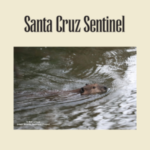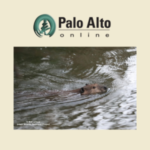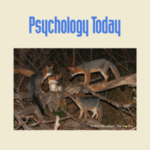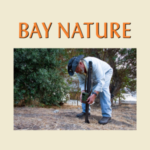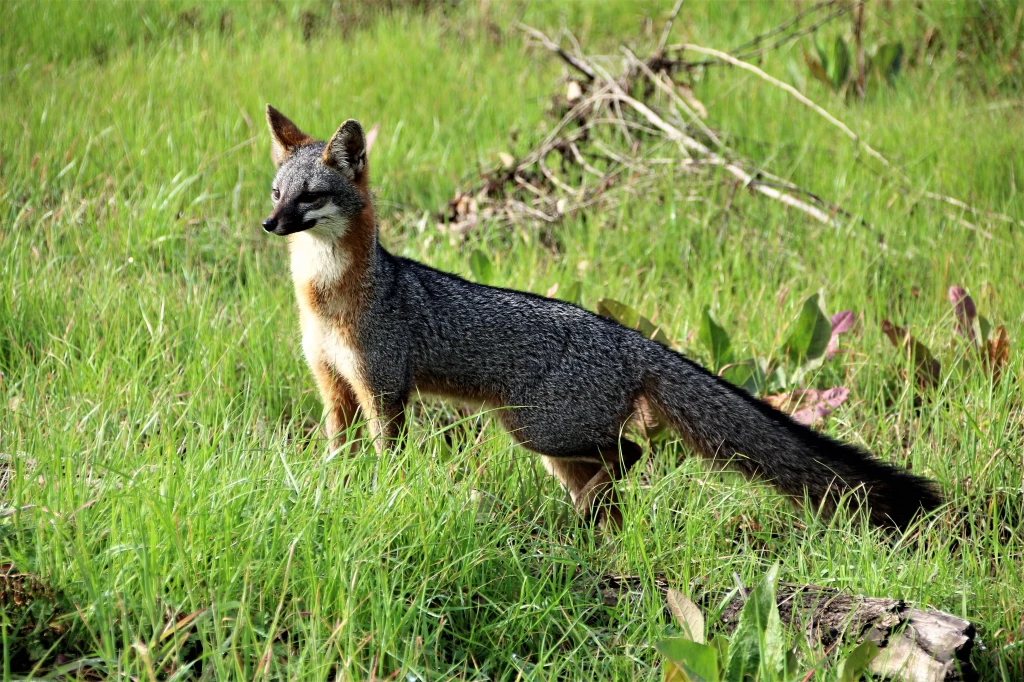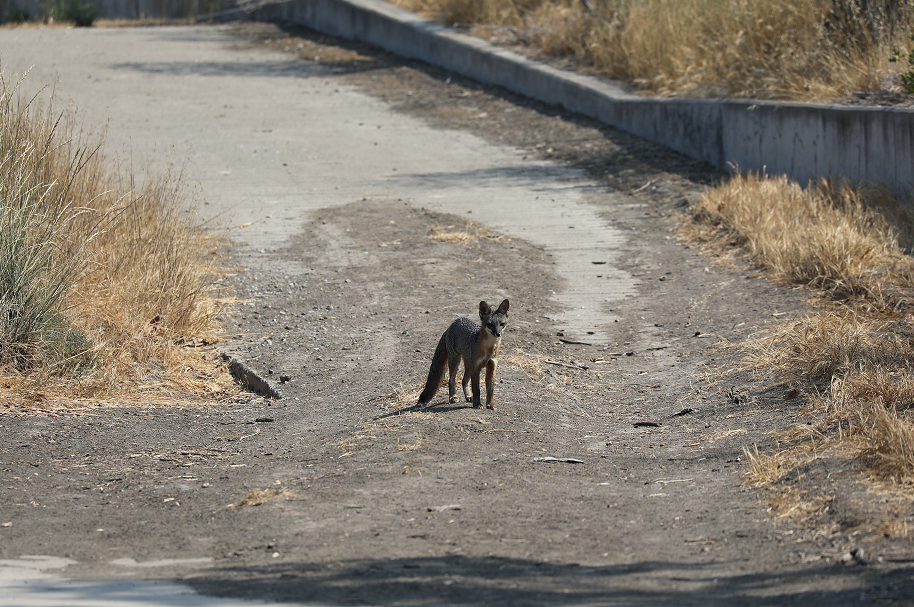A Retrospective by Bill Leikam
by William C. Leikam
President, CEO & Co-founder, Urban Wildlife Research Project
The date is July 23, 2010 and I’m just discovering the existence of a gray fox family living down in what is presently known as Fox Hollow. The entry begins:
July 23, 2010 – No fox this morning.
“I went out this morning looking for the fox again but didn’t see it. I don’t expect to ever see it again.“
July 24, 2010 – Encounter #3 – gray fox
“On this date, I had no idea that there was a family of foxes living in the brush. I was, at that time, just seeing what I thought to be a single fox.”
And it was from there that my adventure with understanding the behavior of the gray fox (Urocyon cinereoargenteus townsendi) was born: From doubt to discovery.
From the beginning after documenting the first pups that I saw, I also saw that each had unique personalities, or foxinalities as I came to call it. As well, that first year brought home to me that I was passively documenting these foxes and that they were my professors. They were teaching me with every new move they made.
I was in graduate school getting a PhD at Gray Fox University.
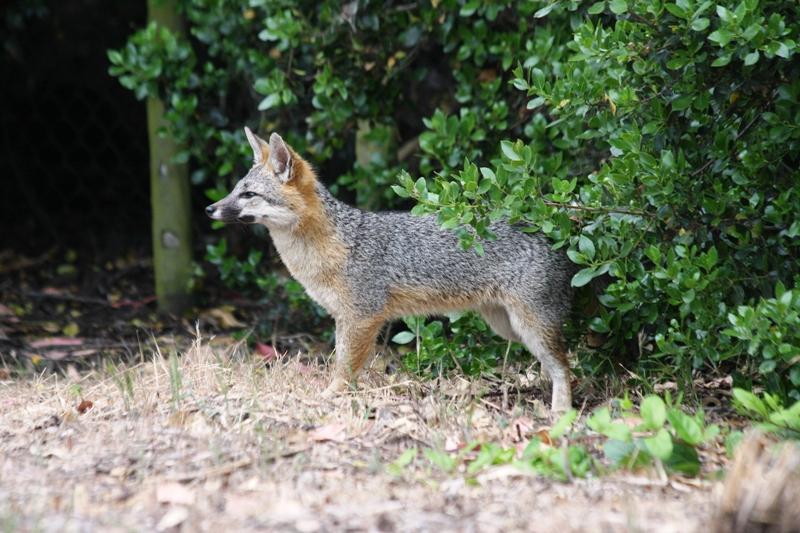
By 2013, co-founder Greg Kerekes and I had installed three Bushnell trail cameras at the Palo Alto Baylands Nature Preserve. Rich, the Supervising Ranger, called me in for a meeting. In short, with the advent of the trail cameras, he said, “Bill, this is getting to be too much. If you want to continue, you’ll need a permit both from the California Department of Fish and Wildlife and the City of Palo Alto.” He continued, “And you will turn off all your cameras until you have both of those permits in hand.”
By then, I was well on my way to understanding a few things about the behavior of these gray foxes. I asked, “Okay, so how do I apply for a State permit?” Rich filled me in and then he added, “A State permit might take as long as a year before it’s issued.” When the City of Palo Alto’s permit was issued in 2014, Rich had added that I needed to send him a monthly report filling him in on any unusual fox behaviors.
That was the instrument that created the Gray Fox Report as we know it.
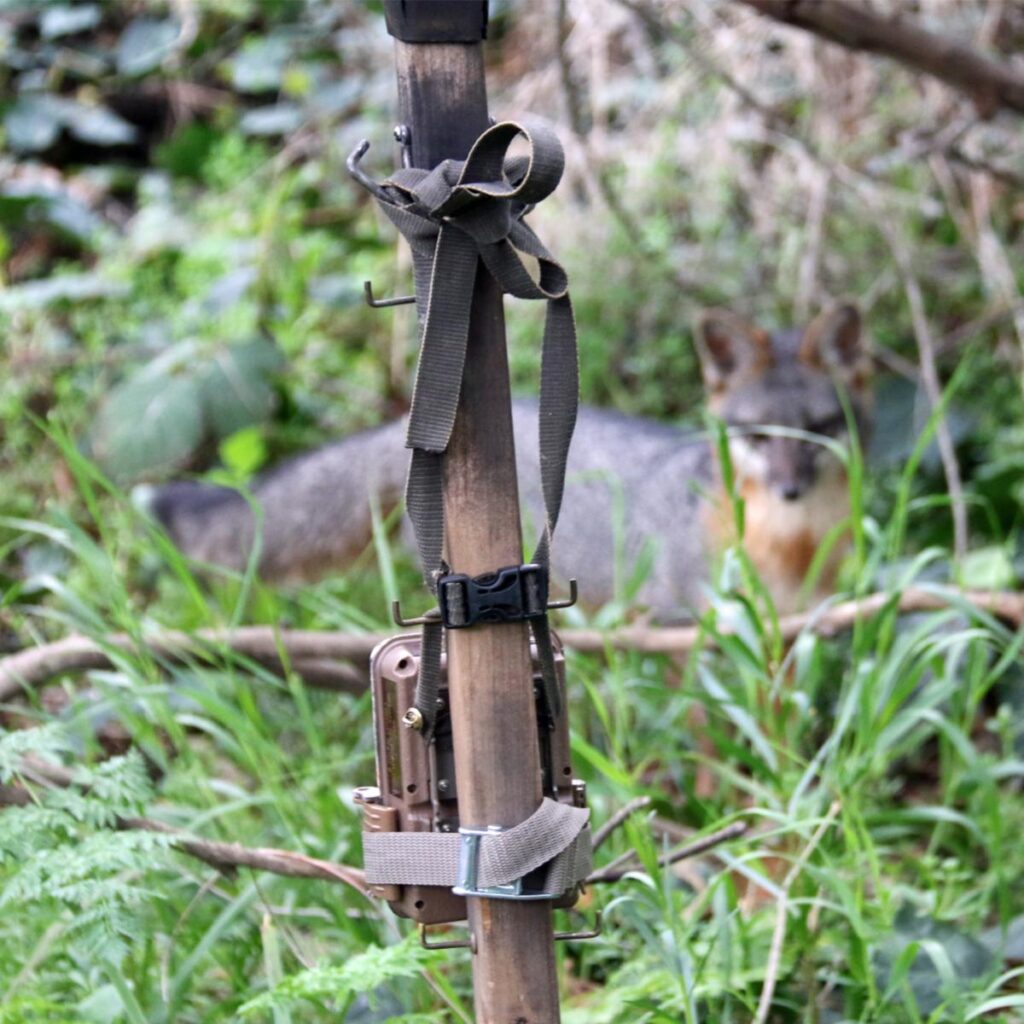

From that time onward, every year (with the exception of 2023) when the permit was due for review, there was always something that I just had to negotiate. The most frequently fought-over issue was the distance I was supposed to stay from any fox. Most often that amounted to 75 feet.
Why was there such a limitation? Because over those years I was accused of habituating the foxes. I tried to explain that the research indicates that these foxes were already habituated by the time they took up residence in the Baylands; that these were urban foxes. I tried to inform them that, when the adults are unafraid, the pups see this and understand that there’s no reason to dash back under the brush.
Because the gray foxes in both regions of the Baylands were so plentiful and had become used to my presence, they just went about their lives with me standing or sitting nearby taking notes when I saw something new. For instance, I’ve documented the multi-purposed fox kiss, their cultural ritual of ear cleaning, the manner in which they cache their prey, and the manner in which they hunt over a large territory.
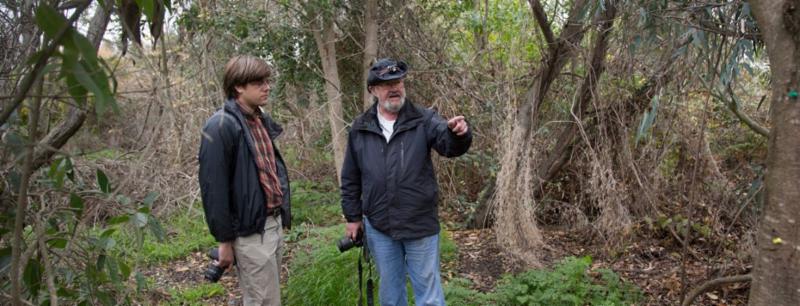
I. Gray Fox Population & General Health
As of this date, we have two adult gray foxes living in the Palo Alto Baylands Nature Preserve. These two foxes appear to be in good health.
There is some indication in Big Eyes’ scat that she may have diarrhea, and Laimos has indications of having worms as he is sometimes observed scooting on his butt. Also, Laimos continues to head shake. I’m not sure what that all means but it seems to come on at only this time of year.
II. UWRP News & Updates
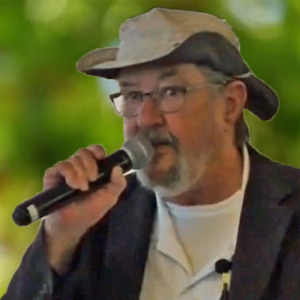 Upcoming Event at Safari West
Upcoming Event at Safari West
On August 19, Santa Rosa, CA residents are invited to join Bill Leikam “The Fox Guy” at Safari West for an engaging multimedia lecture to experience the secret lives of gray fox pups as they learn how to survive in their ever-changing world. Please let him know that you are in the audience!
 The ‘Triggered By Motion’ Experience
The ‘Triggered By Motion’ Experience
The UWRP is excited to present our newest video documentary featuring Bill Leikam’s participation in the global research project “Triggered By Motion”, a world-wide exhibit of citizen scientists from 21 locations using camera traps to learn about local urban wildlife. Join Bill on his journey between California and Zürich, Switzerland, as he experiences the breathtaking exhibition in person!
The UWRP has just launched a brand new website, courtesy of Milena at DesignerForChange. Please visit us at our new domain, urbanwildliferesearchproject.org (not .com!) to stay in the loop on our conservation activity, event announcements, and updates about gray foxes Big Eyes and Laimos in the Palo Alto Baylands.
Today, Bill is the world’s leading authority on the gray fox. This book is an account of his experiences among the gray foxes of the Baylands, a tale of life and death, of growth and loss. Stay for a while and go exploring with the Fox Guy. Find it today at Barnes & Noble or DiAngelo Publications.
Read more about UWRP in the news:
III. UWRP Research Objectives
Within the permit that allows the Urban Wildlife Research Project to conduct its study of the behavior of the gray fox at the Palo Alto Baylands Nature Preserve, the objectives covered area:
Monitoring of urban gray fox denning sites in Palo Alto Baylands: This is being accomplished during the period when the gray foxes use a den site. It is one of the prime locations for gathering most of the behavioral data of the litter and for adults alike.
Assessment of status and population trends of Baylands urban gray foxes: Since January 2019 a pair of resident gray foxes have claimed territory at the Palo Alto Baylands Nature Preserve.
Identification of habitat features that promote the presence of urban gray foxes: After considering this and talking with people who know how to restore habitats, we need to assess what kinds of plants, including the Alkaline Saltbush, would grow best along the edge of the saltwater channel and alongside the marsh. We need to grow a permanent habitat that contains the corridors and plant it as soon as possible. We’ll keep an eye on this as this is a critical link between the southern region of the Baylands and the northern region.
Assessment of reproductive success and identification of factors that promote successful reproduction: Open the pinch-point along Matadero Creek by developing thickets that link one area to another, instead of the present “islands”.
Identification and assessment of possible dispersal travel routes: Dispersal routes move between the Palo Alto Baylands Nature Preserve and the Shoreline region over in Mountain View. In a north-westerly direction the dispersal corridors run just behind the homes bordering the marshlands.



